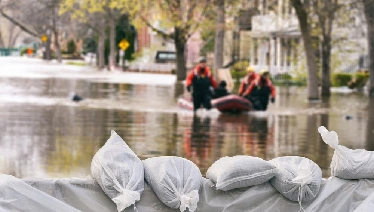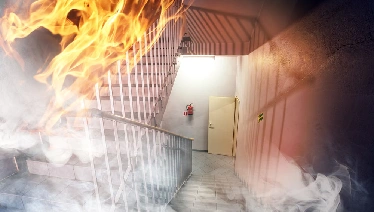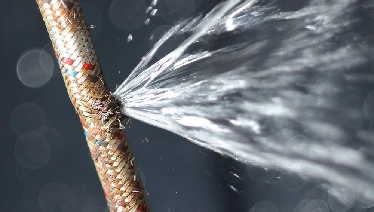We recognize the emotional weight that fire and smoke damage can place on property owners. That's why Rainbow Restoration® of Sugar Land and Katy offers fire and smoke damage restoration services to ensure your property is completely smoke-free.
Don't hesitate to reach out to us today to initiate the restoration process promptly!

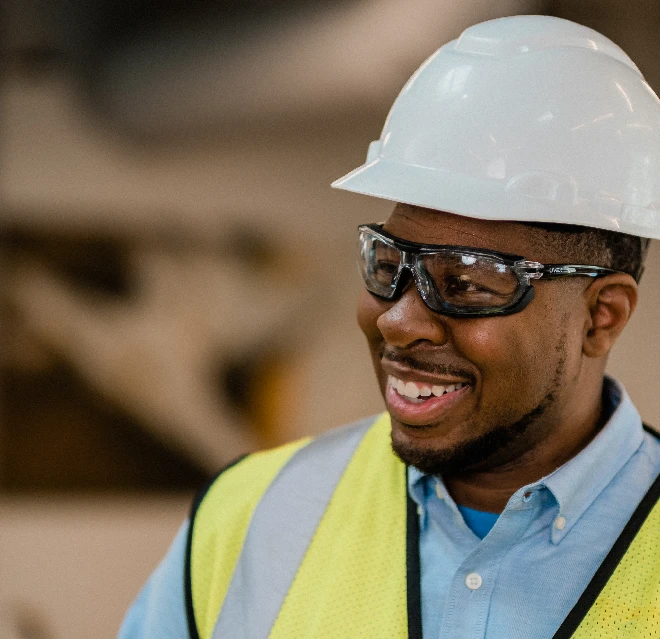
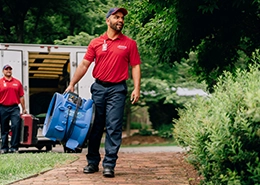
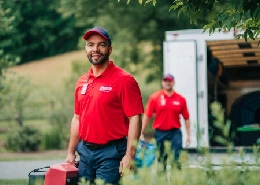
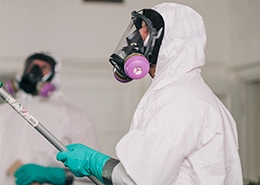

.webp)
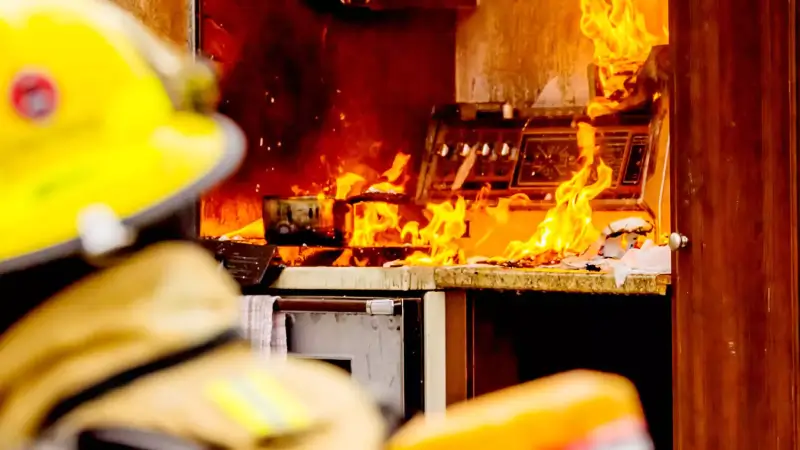
.webp)
